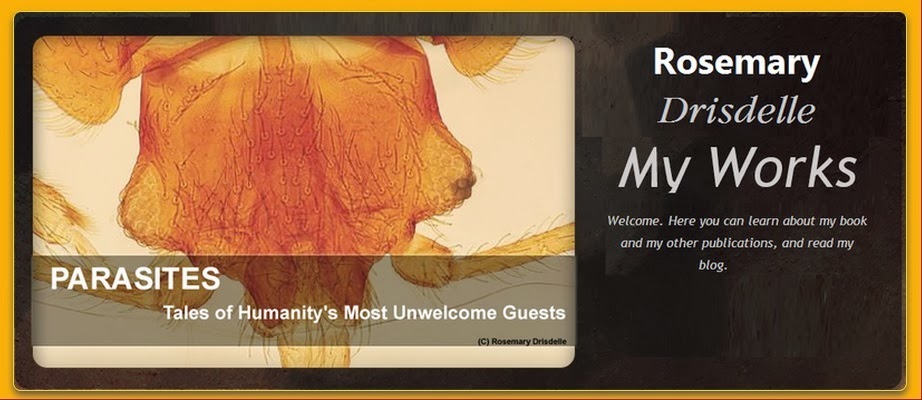[caption id="attachment_218" align="alignleft" width="225" caption="Three-toed Sloth, Stefan Laube, Wikimedia"]
 [/caption]
[/caption]Leishmania spp. cause dreadful chronic skin lesions, as well as disfiguring lesions of the mucous membranes and life threatening tissue destruction internally. They are, according to all the text books, transmitted by sand flies belonging to various genera.
I wasn’t sure if I believed in the mosquito vector, but I reinforced my insect repellent regime anyway. Once home, I took some time to look it up. Leishmania naiffi is a parasite of armadillos in Brazil, French Guyana, Ecuador and Peru. Humans are sometimes infected, but the insect vector, at least in Brazil, is Psychodopygus squamiventris, one of the sand flies. Several Leishmania spp. of sloths sometimes infect humans, but not, apparently in Peruvian Amazonia, and their documented vectors are also sand flies. Nowhere could I find any report of mosquitoes transmitting the parasite.
I concluded the information was wrong – but at least my fly repellent should have deterred both mosquitoes and sand flies from dining on me. A recent report, however, raised the question all over again: research described at the website for the Australian Government: Agriculture, Fisheries and Forestry has revealed that leishmaniasis is transmitted to kangaroos and wallabies by biting midges.
On the one hand, that publication confirms my earlier conclusion: “This was the first evidence anywhere in the world” they write, “of a vector other than phlebotomine sand flies transmitting Leishmania.” On the other hand, they’ve shown that other biting insects can transmit it, so the question remains open. What’s biting the sloths and armadillos in Peru?
Sources
“Field Surveillance and Monitoring – Leishmania in the Northern Territory.” Australian Government: Agriculture, Fisheries and Forestry daff.gov.au 2010
Gramiccia, Marina and Luigi Gradoni. “The Current Status of Zoonotic Leishmaniasis and Approaches to Disease Control.” International Journal of Parasitology 35, 2005
Lucas, Carmen M., Eileen D. Franke, Marlene I. Cachay et al. “Geographic Distribution and Clinical Description of Leishmaniasis Cases in Peru.” American Journal of Tropical medicine and Hygiene 59(2), 1998












